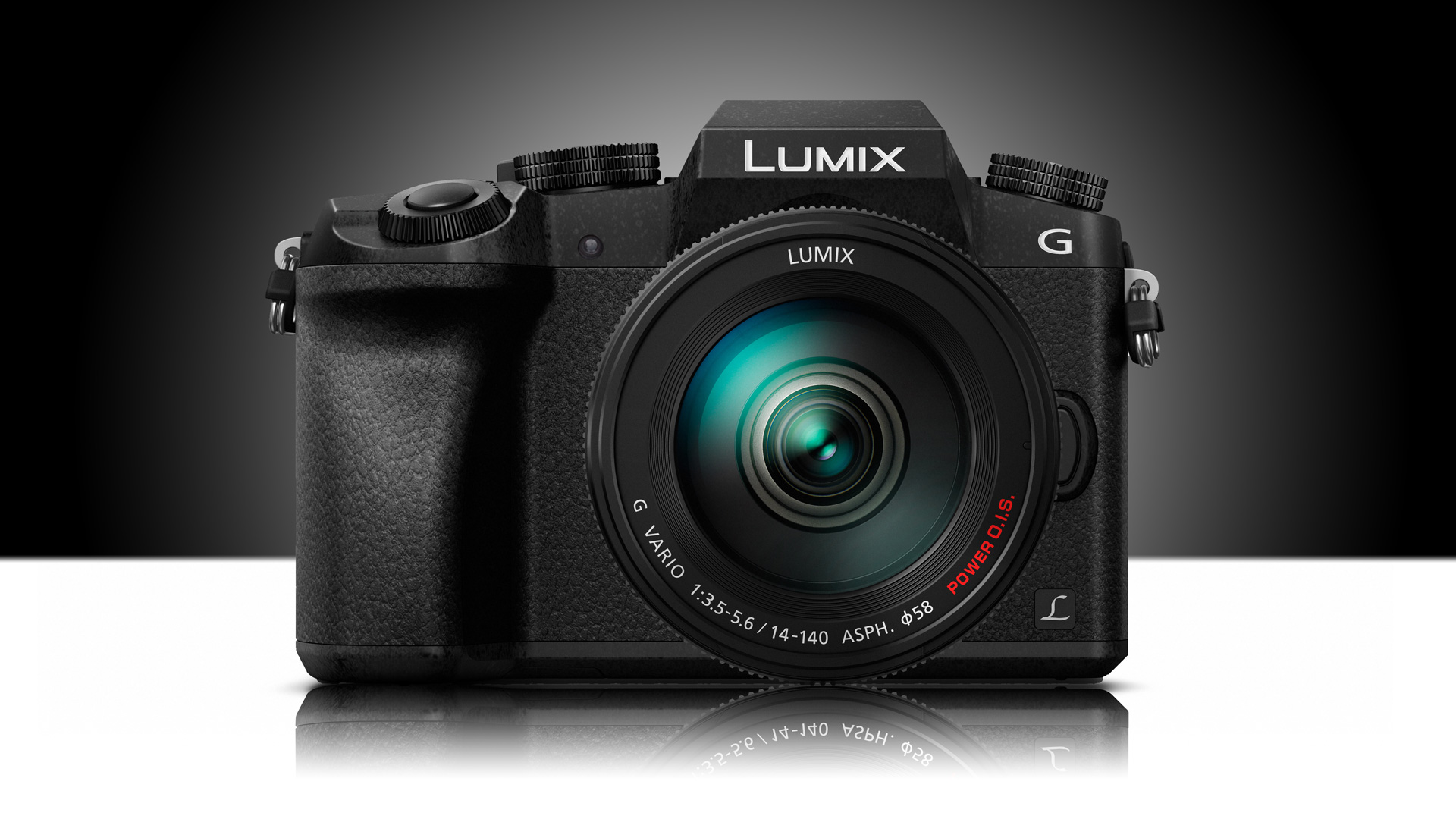TechRadar Verdict
While the G7's design and build may lack the excitement of cameras like the Fuji X-T10, it has a very well-rounded feature set, with a high-quality OLED viewfinder, a vari-angle touchscreen and Wi-Fi connectivity. Image quality is also high.
Pros
- +
OLED viewfinder
- +
Vari-angle touch-screen
- +
Integration of 4K Photo shooting
Cons
- -
Two-year-old sensor
- -
Lightweight build
- -
Micro Four Thirds type sensor is smaller than APS-C
Why you can trust TechRadar
Replacing the Panasonic G6, the G7 sits beneath the Panasonic GH4 in the company's line-up of compact system cameras. It's the smaller of the two SLR-like models, and is aimed at enthusiast photographers. It sits alongside the rectangular Panasonic GX7, and above the GF7, GM1 and GM5.
Every Panasonic interchangeable lens camera briefing recently seems to have started with the words "it's got the same sensor as the GX7", and that's also the case with the G7. This means the new camera has the same resolution as the camera it replaces, 16MP, but the sensor is newer (albeit still two years old). This sensor is coupled with the Venus Engine 9 processing engine found in the GH4 and, according to Panasonic, this combination produces the best image quality of any Panasonic camera. It also enables a native sensitivity range of ISO 200-25,600, with a low expansion setting of ISO 100. The G6 has a native range of ISO 160-12,800, with an expansion setting of 25,600.
The G7's Venus Engine has a quad-core CPU for faster processing, enabling full-resolution continuous shooting at an impressive 8fps (frames per second) in Single-AF mode or 6fps in Continuous AF mode. That's 1fps up on what the G6 can muster in each autofocus mode.
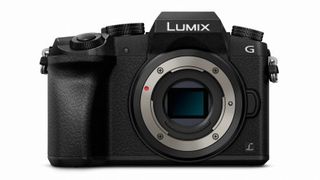
If you want to shoot at a faster rate you have to drop the image size to 8 million pixels – that's still large enough to make A4 prints – and use the 4K Photo modes to shoot at 30fps. This uses the G7's 4K video technology to shoot a sequence of images for up to 29 minutes 59 seconds, and you can then extract the 8Mp still images from the footage in-camera.
In 4K Burst Shooting mode shooting continues for as long as the shutter release is held down. In 4K Burst (Start/Stop) mode, however, recording is started with a press of the shutter release and is stopped by a second press. Meanwhile in 4K Pre-burst mode, sensor scanning starts as soon as the mode is activated, and the 30 frames before the shutter release is pressed are recorded along with 30 frames after, giving 60 images from the two seconds of recording.

These 4K burst modes can be used in any exposure mode, and in 4K Burst Shooting and 4K Burst (S/S) modes it's possible to use image ratios of 16:9 (3840 x 2160), 4:3 (3328 x 2496), 3:2 (3504 x 2336) and 1:1 (2880 x 2880).
The G7 can also record 4K MP4 movies at 100mb/s at up to 30fps in NTSC or 25fps in PAL. Full HD footage can be recorded in MP4 or AVCHD format at a range of frames rates.
Panasonic has also given the G7 the DFD (Depth from Defocus) focusing system first seen in the GH4. This system uses lens data and looks at the contrast of the scene at two different defocused images to help it calculate the correct focus point more quickly. As with the GH4, Panasonic claims this enables the G7 to achieve focus in just 0.07 sec, approximately half the time the G6 takes.
Although the G7 has Wi-Fi connectivity, in a surprise change from the G6 and in an effort to keep the price down, there's no NFC (near field communication).
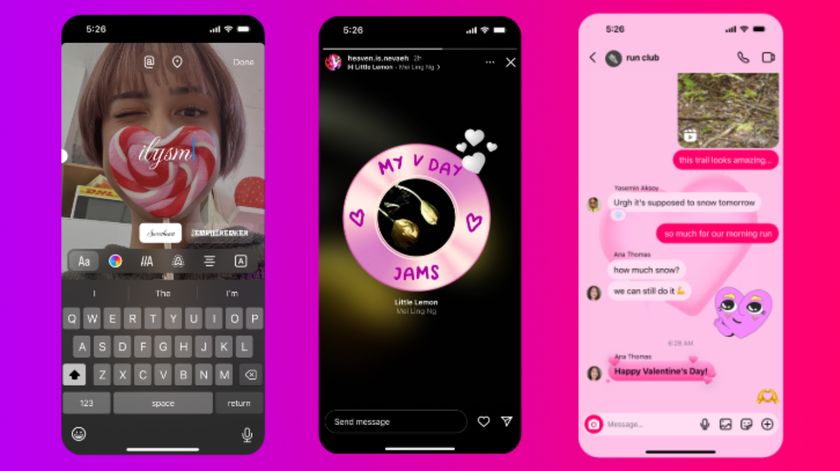
Instagram is feeling the love with a surprise set of Valentine's Day easter eggs
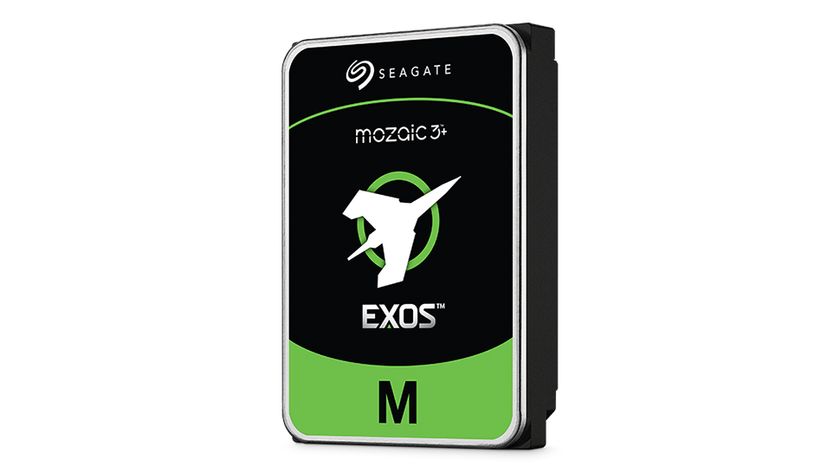
If you've bought an internal Seagate hard drive, beware of the growing refurbished Chia scandal - here's what you need to know
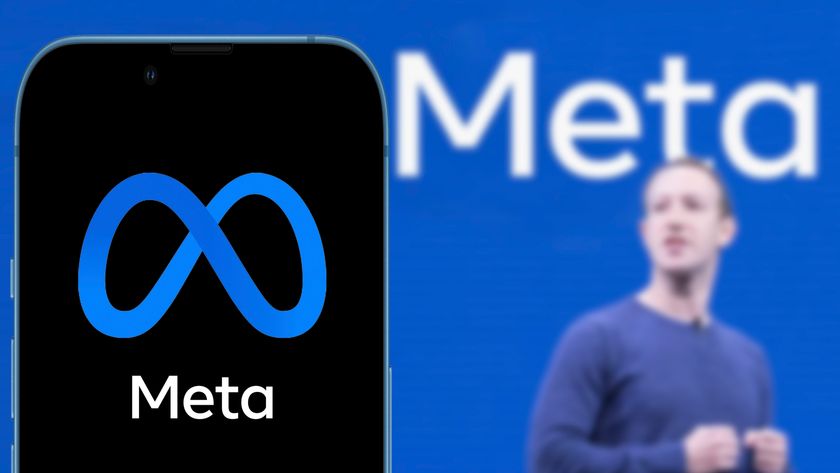
Meta purportedly trained its AI on more than 80TB of pirated content and then open-sourced Llama for the greater good
Most Popular


